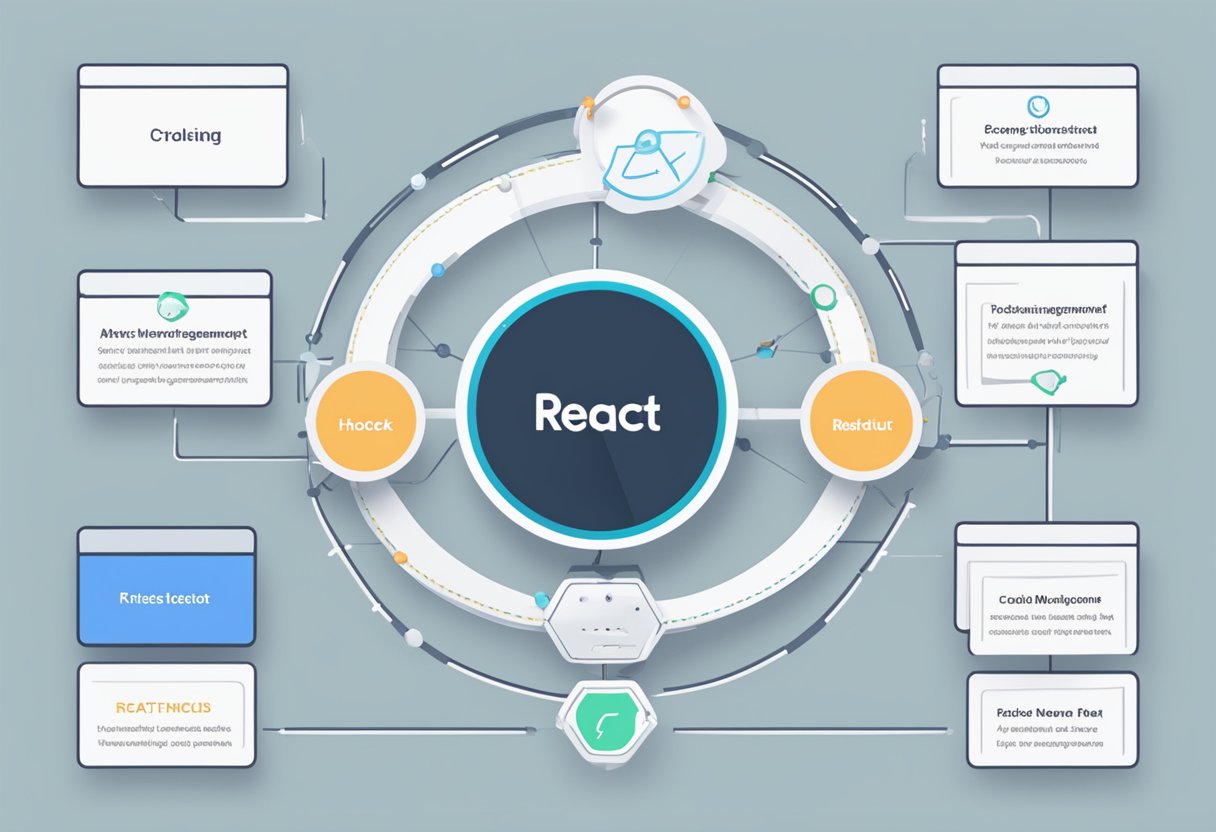React Native is a popular framework for building mobile applications, known for its ability to create high-performance, cross-platform apps with a single codebase. One of the key features of React Native is its use of hooks, which provide a simple and efficient way to manage stateful logic in your app. With React Native hooks, developers can easily create reusable components, simplify their code, and improve the performance of their apps.

In this article, we will explore the art of stateful management with React Native hooks. We will begin by introducing the concept of hooks and how they can be used to manage state in your app. We will then dive into the different types of hooks available in React Native, including useState, useEffect, useContext, and more. Finally, we will provide some best practices and tips for using hooks effectively in your React Native projects. Whether you are a beginner or an experienced React Native developer, this article will provide valuable insights into the world of stateful management with hooks.
Índice De Conteúdo
Fundamentals of React Native Hooks

Understanding State in React Native
State is a fundamental concept in React Native, which allows components to store and manage data. It represents the current state of a component and can be updated using a special method called setState(). State can be used to store user input, data from APIs, or any other data that needs to be displayed or manipulated in a component.
The Role of Hooks
React Native Hooks are a way to manage stateful logic in functional components. They allow developers to use state and other React features without writing class components. Hooks are functions that can be used inside functional components to add stateful logic.
There are several built-in hooks in React Native, such as useState(), useEffect(), and useContext(). Each hook serves a specific purpose and can be used to manage different aspects of stateful logic in a component.
Using hooks can simplify the code and make it easier to read and maintain. Hooks also provide a way to reuse stateful logic across multiple components, making it easier to create scalable and maintainable code.
Overall, understanding the fundamentals of React Native hooks is essential for any developer looking to build complex and scalable applications. By mastering the art of stateful management with hooks, developers can create efficient and maintainable code that can be easily extended and adapted to meet changing business needs.
Advanced Hook Patterns

React Native Hooks provide developers with a powerful toolset for stateful management. In addition to basic hooks, React Native also supports advanced hook patterns that allow developers to create modular, optimized, and side-effect-free code.
Custom Hooks for Modular Code
Custom hooks are a powerful way to create reusable and modular code. With custom hooks, developers can extract common logic and share it across multiple components. Custom hooks can also be used to encapsulate complex functionality, making it easier to manage and test.
Performance Optimization with Hooks
React Native Hooks provide a number of performance optimization techniques that can help improve the speed and responsiveness of your app. For example, the useMemo hook can be used to memoize expensive computations, while the useCallback hook can be used to prevent unnecessary re-renders.
Managing Side Effects Using useEffect
Managing side effects is an important part of building robust and scalable React Native apps. The useEffect hook provides a way to manage side effects in a declarative and predictable way. With useEffect, developers can handle asynchronous operations, manage subscriptions, and perform other side effects without introducing bugs or performance issues.
In summary, advanced hook patterns provide developers with a powerful toolset for creating modular, optimized, and side-effect-free code. Custom hooks, performance optimization techniques, and side-effect management with useEffect are just a few examples of the advanced hook patterns that can be used to build robust and scalable React Native apps.

